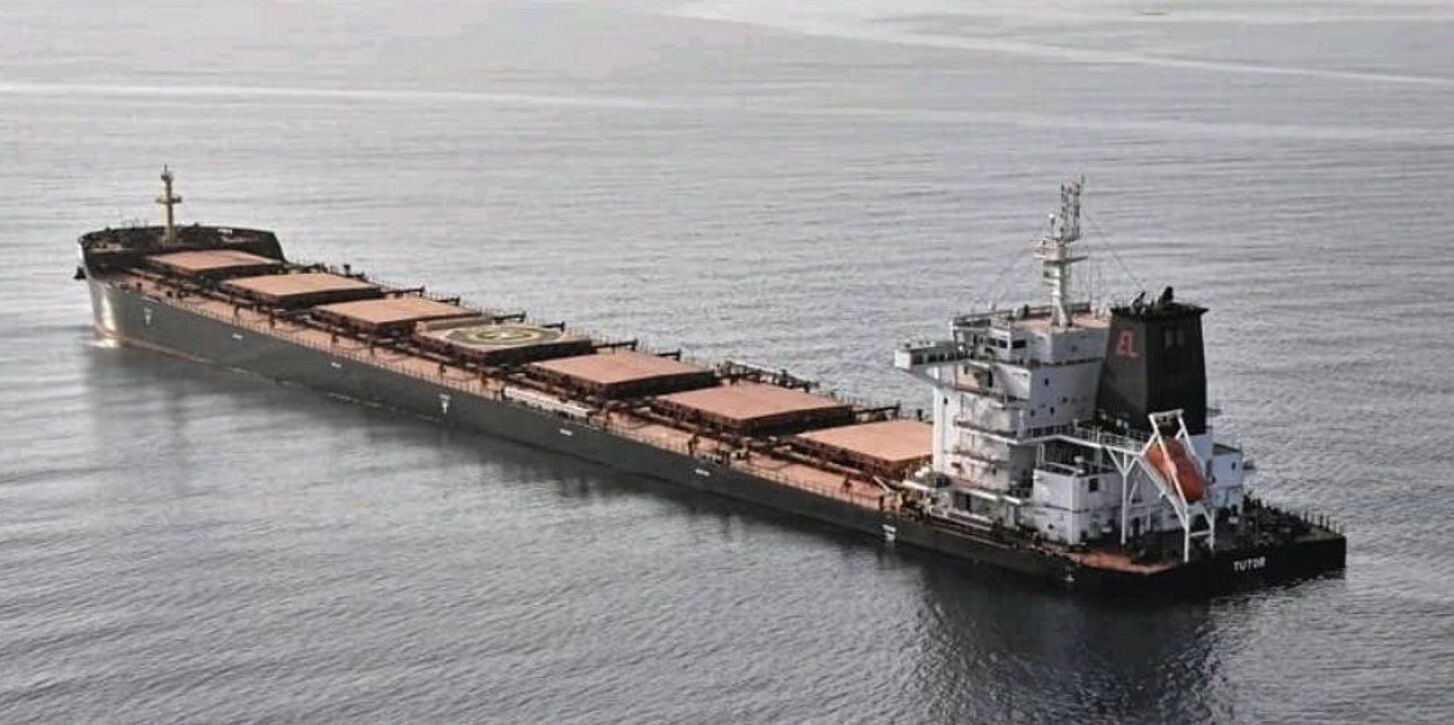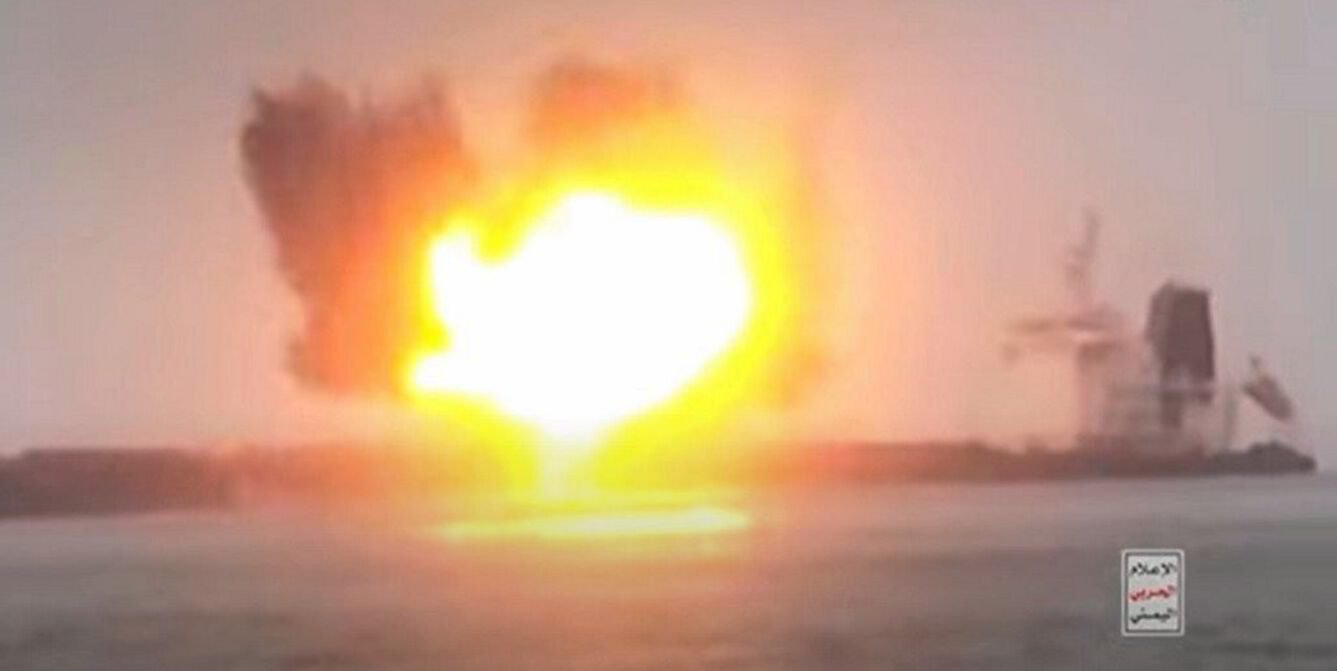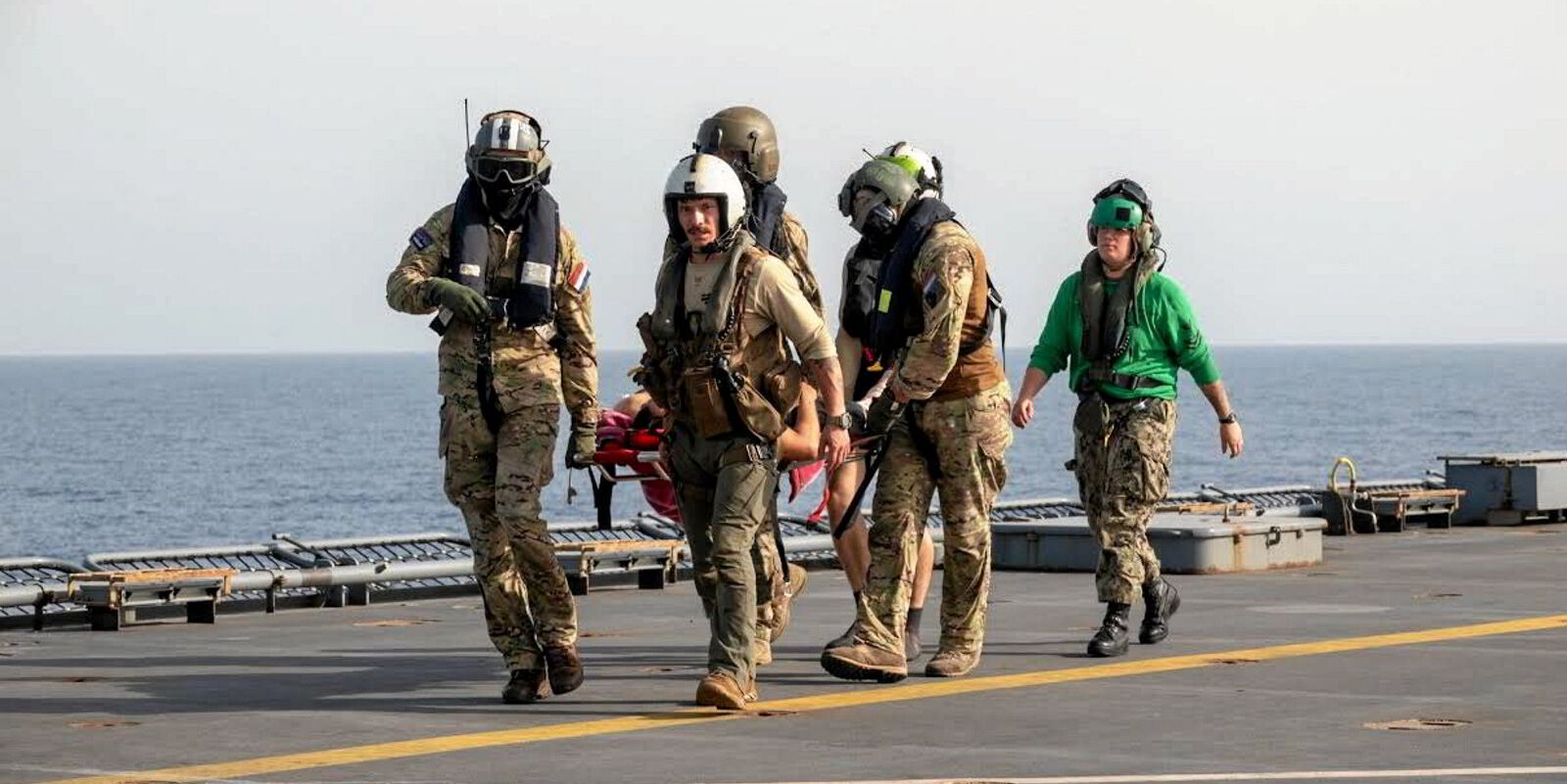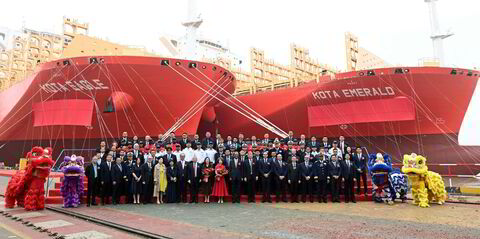Shipowning circles are aghast at the latest escalation in hostilities by the Houthis rebels who have been attacking ships in the Red Sea and beyond for more than six months.
The latest video released by the Houthis shows them finishing off the abandoned and drifting 82,000-dwt Tutor (built 2022) in the Red Sea.
“This is a huge escalation,” one respected shipowner told TradeWinds.
It comes as the rebel group seems to be following through on its threat made in early May to ramp up attacks in what they have called the “fourth phase” of the campaign.
Despite the sinking of a second ship this week and the increase in the seafarer death toll attributable to Houthi strikes, shipowners are concerned the wider world is not paying more attention to the issue.
Mass media attention appeared to peak around the attack on the JP Morgan-linked 110,000-dwt Marlin Luanda (built 2018) in January, they note.
The ship was hit by a huge fire but has since been repaired, according to Andrian Dacy, CEO of JP Morgan Asset Management’s Global Transportation Group.
TradeWinds published the Houthi video late on Wednesday, which shows two sea drone attacks on the Tutor, owned by Evalend Shipping of Greece.
In the first, which is probably the original strike on 12 June, an explosion is seen in the aft section of the ship, engulfing the accommodation block in smoke.
The second takes place amidships. At the time of the clip, the ship’s stern is lower in the water, suggesting that this attack probably took place after the Tutor had taken on water and its crew was evacuated.
The Tutor’s crew also never reported a second sea drone strike while they was on board.
TradeWinds has already reported that it was not known whether the ship sank as a result of the damage from the initial attack or of a possible subsequent strike.
The latest attack and video bear testament to fanatic zeal but also the ingenuity, single-mindedness and organisational skill of the Yemeni group in carrying out its attacks that have impressed even hard-boiled owners.
Thanassis Martinos, a principal of Greek company Eastern Mediterranean Shipping who has seen several of his vessels targeted by the Houthis, has already expressed a grudging appreciation.
“The transit of the Red Sea has become very risky and the Houthis are efficient and sophisticated,” he told TradeWinds in an e-mail late last month.
Ship owners are also reappraising their risk assessment of the Houthis after the rebel group adopts new methods to attack vessels in an ever wider radius.
The strike on the Tutor was the first Houthi attack using a sea drone.
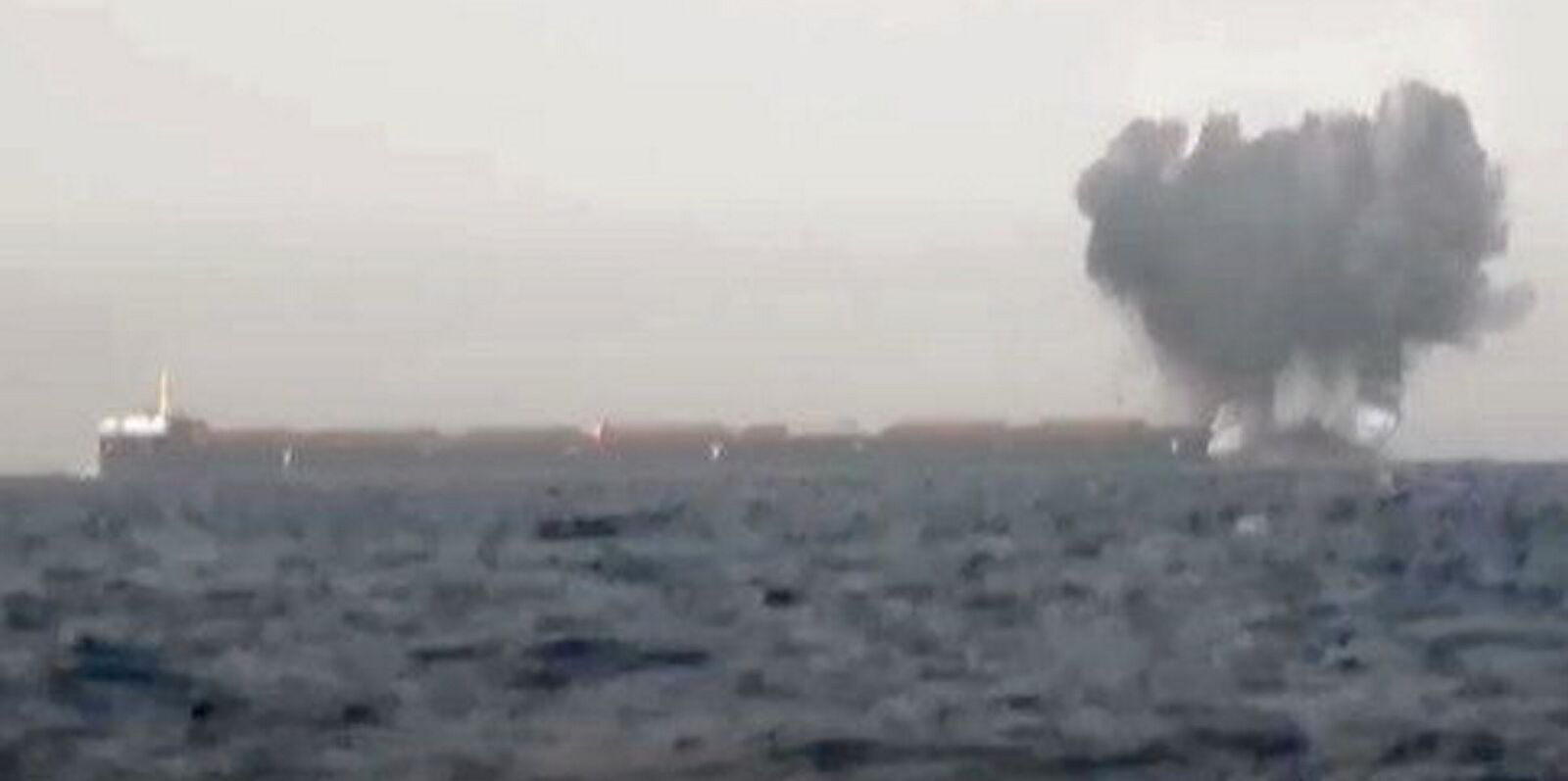
The footage published by TradeWinds late on Wednesday shows a booby-trapped, remote-controlled boat approaching the bulker.
Two effigies of people are discernible in it, likely to create the impression that this is a harmless fishing boat.
The ruse probably worked as the Tutor’s armed guards were watching the boat until it was too late to do anything and the sea drone made an impact.
What is even more worrying in the Houthi video is its introductory remark, in which the Yemeni rebel group darkly warns that: “What’s coming is greater”.
The recent escalation with the Tutor, in which one Filipino seafarer was killed, and the 11,400-dwt Verbena (built 2008) that is feared to be sinking, forms part of the “fourth phase” of the campaign launched by the Houthis a few weeks ago.
In the latest phase, the militants threaten to target every vessel of any company within their reach that they believe has traded with Israel.
Tensions in the Red Sea, one of the world’s most important trade lanes, have been simmering since November.
The area became a black spot after the 5,100-ceu Galaxy Leader (built 2002), owned and managed by Ray Car Carriers, was stormed and captured.
It has been followed by hundreds of missile and drone attacks by the Houthi regime against commercial shipping in the Red Sea and Gulf of Aden and has seen most ships rerouted via the Cape of Good Hope.
This week, the manager of the Galaxy Leader issued a plea to release the 25 crew members still held captive and “forgotten by the outside world”.
